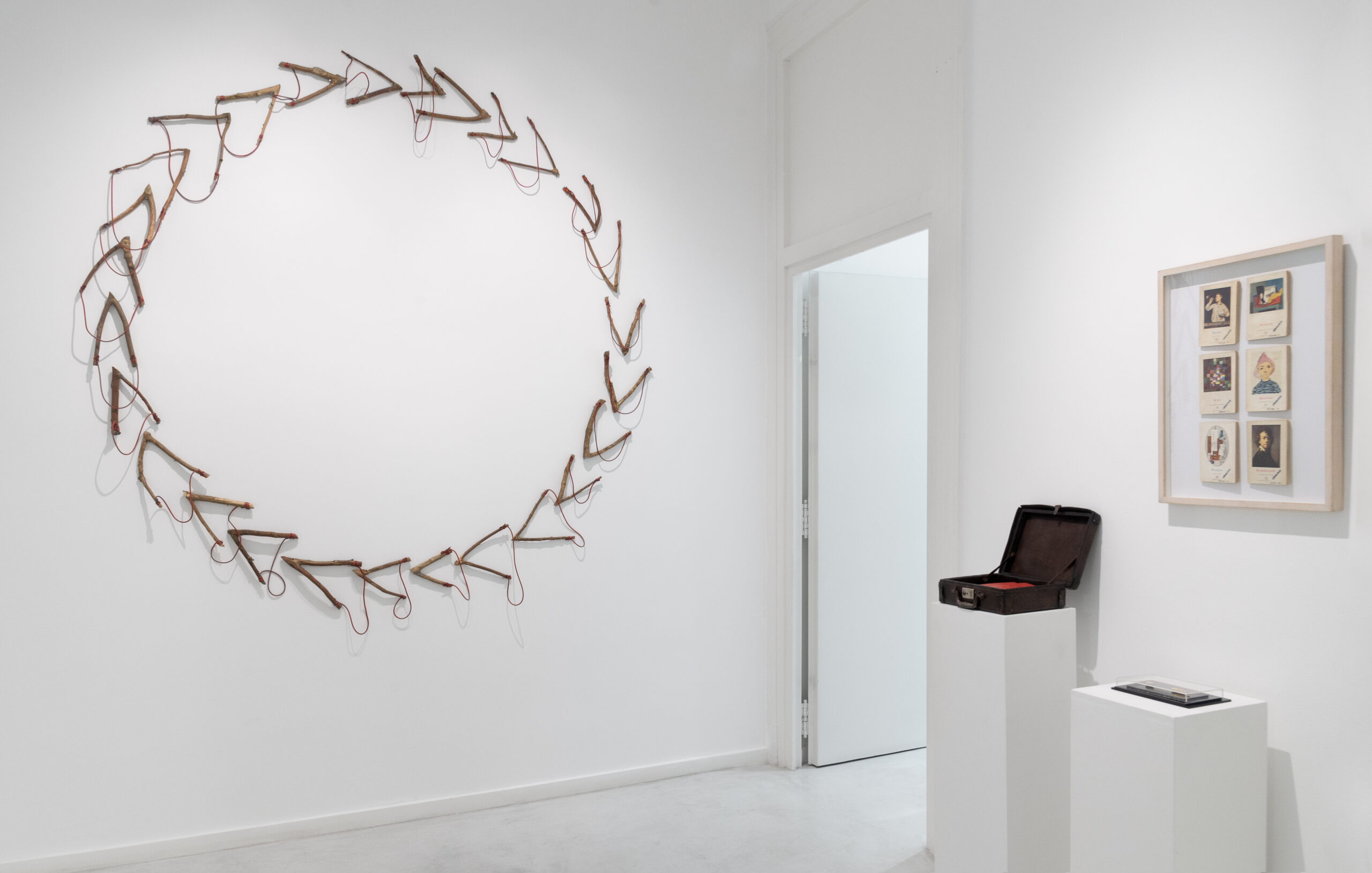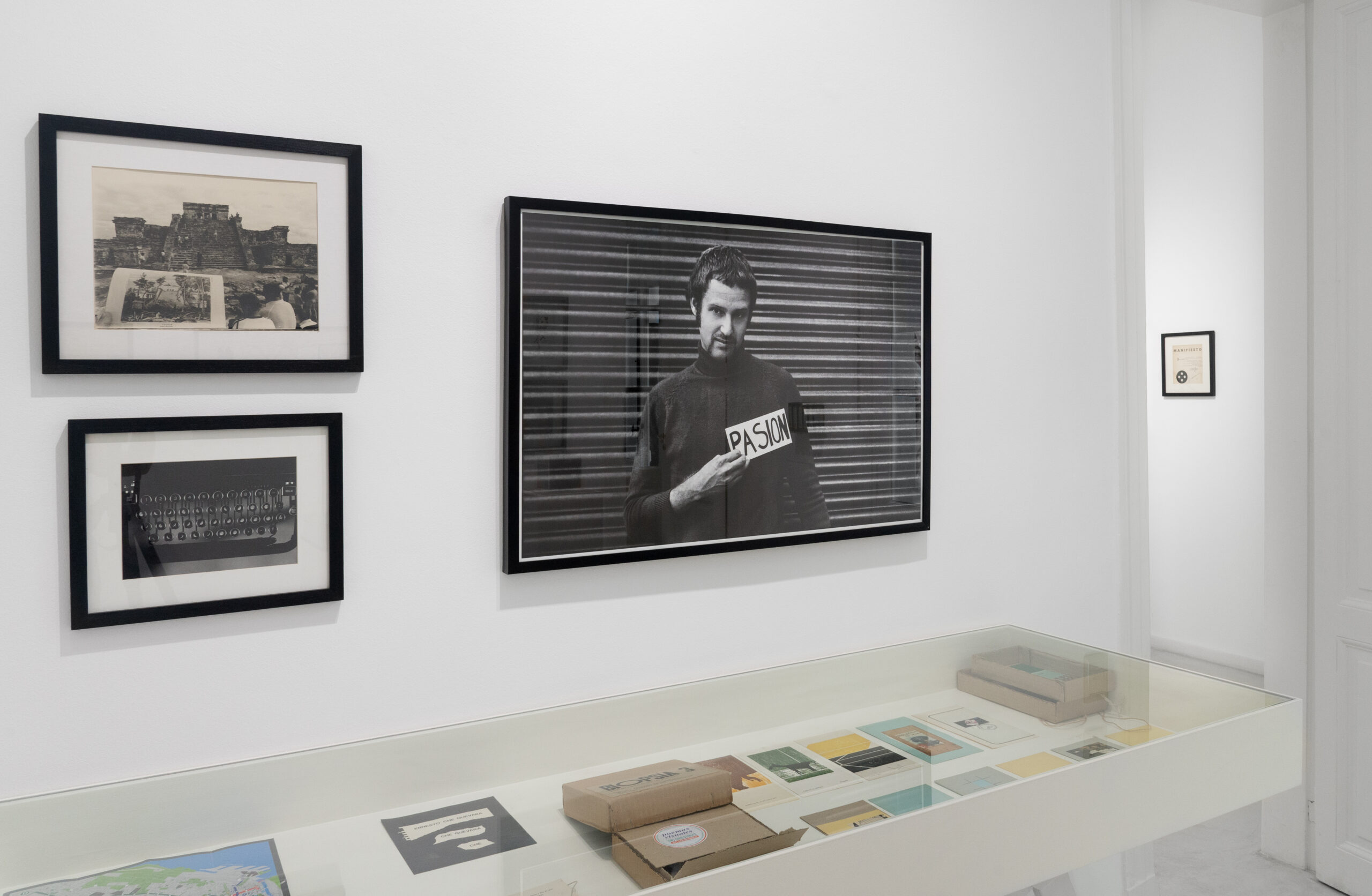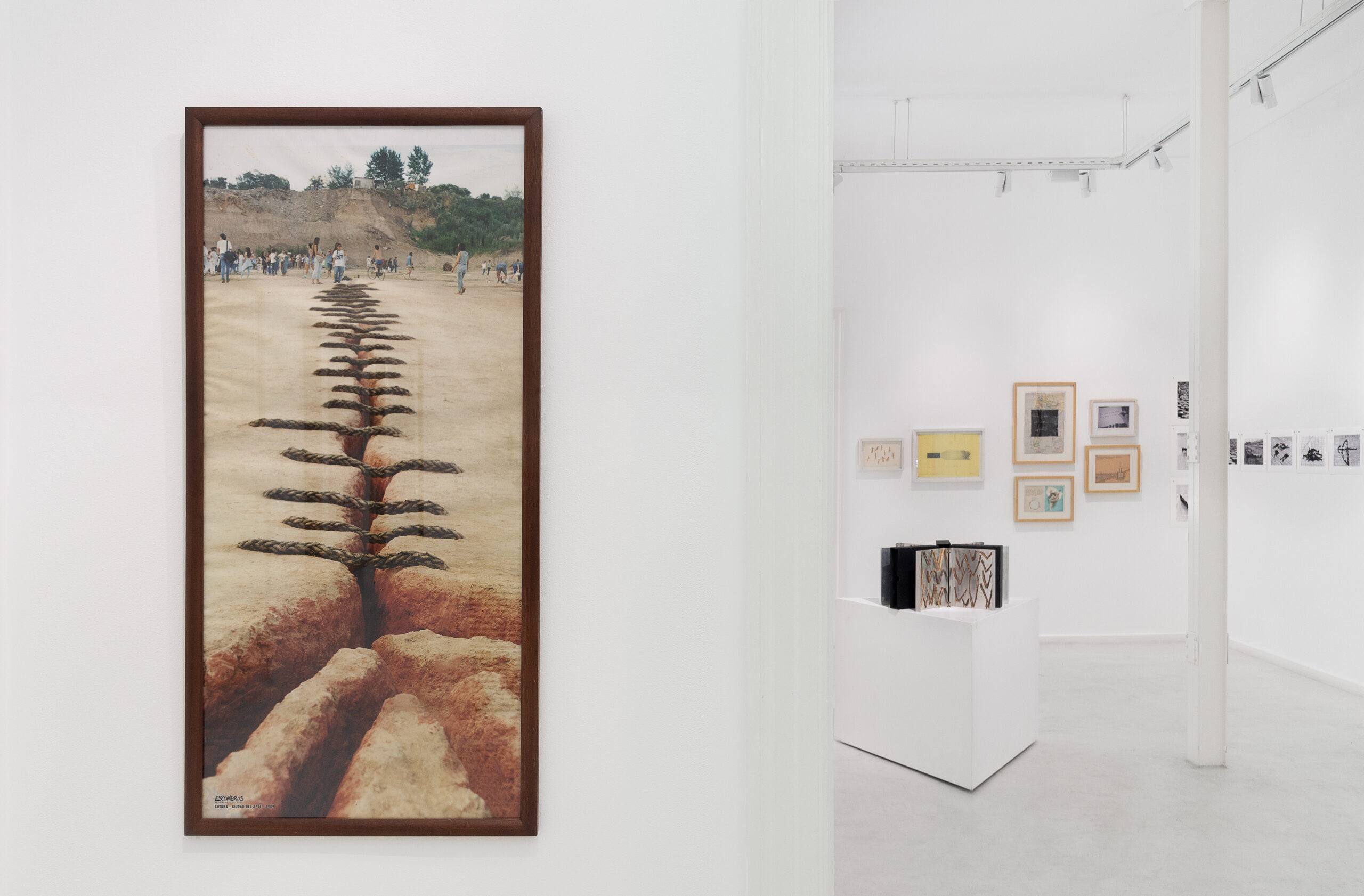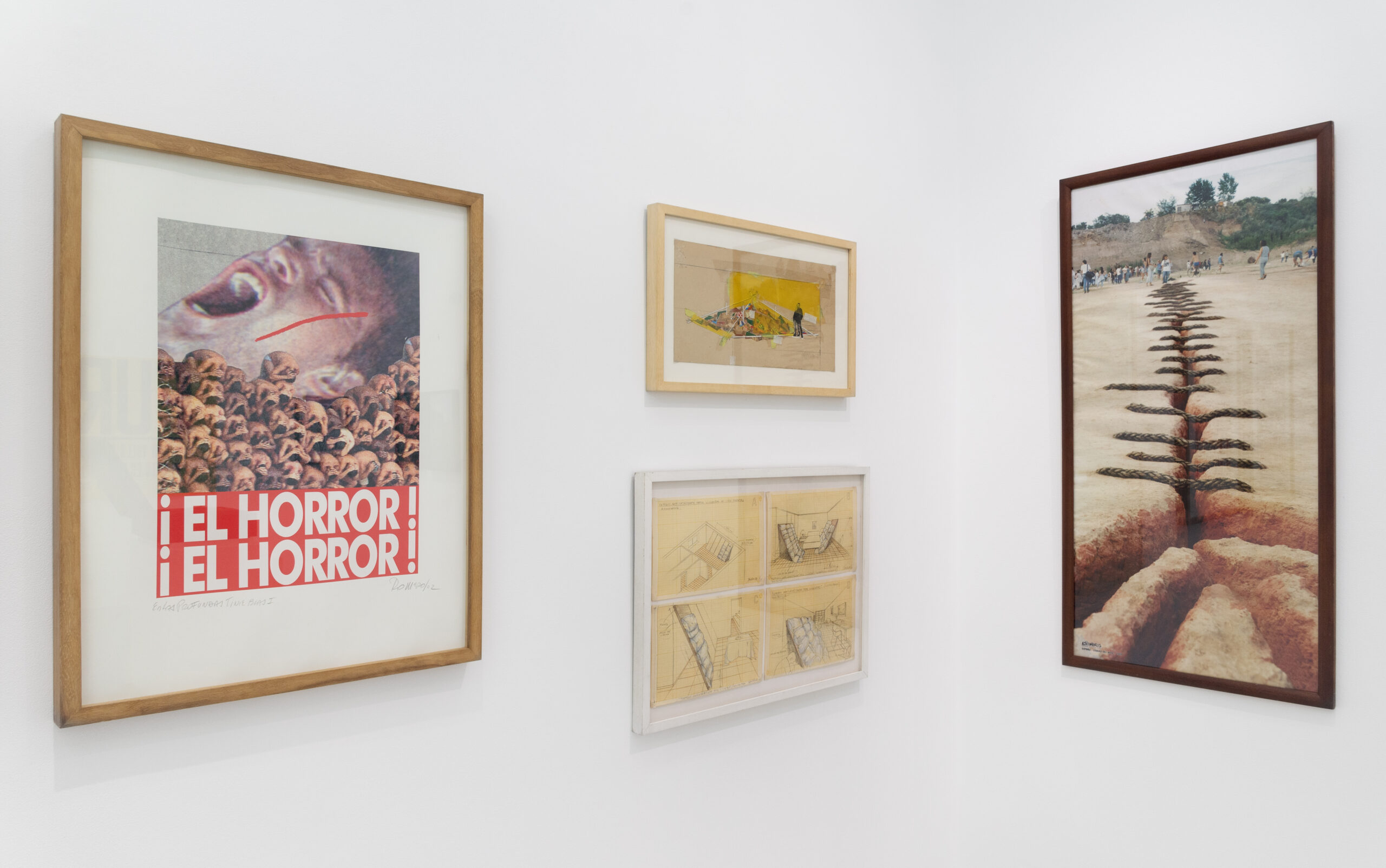[En común] Horacio Zabala y amigos.
The historical moment they happened to share, the territories they coincided in inhabiting, the ideas floating in the air of a single generation, the artist networks they belonged to, or simply chance —which does not exist— made it so that, from the mid-1960s to today, Horacio Zabala has been surrounded by the professional and personal friendship of Juan Carlos Romero, Carlos Ginzburg, Edgardo Vigo, Luis Pazos, and Leandro Katz.
En común proposes to update that dialogue between past and present among artists who cultivated object-based practices, the readymade, visual poetry, performance, and photography in order to point to, denounce, or parody different aspects of contemporary life. All of them participants in the exhibitions of the CAYC, created by Jorge Glusberg in 1968—whether from Argentina or elsewhere in the world—contributed their own vision to international conceptual art.
Acting since the turbulent 1960s with the imprint of questioning the limits of art, proposing an anti-art, and merging art, sociology, and philosophy through analytical approaches characterizes the vision of the artists in En común. Presenting instead of exhibiting, suspending judgment as a political gesture, unsettling established values, and ironizing their own practice are actions that unite Zabala, Romero, Ginzburg, Vigo, Pazos, and Katz in solitary, monumental, and ambiguously unmotivated adventures that fulfill their purpose: reflecting on what is given, what exists, what has been made natural.
Images and the discourses built around them—whether for explicit or masked intentions—are a favorite theme of these snipers of language, builders through destruction, visionaries of catastrophe. From the simple and readily at hand, from poor yet beautiful materials, to the sophistication of dismantling the scaffolding of modern and contemporary thought, there is no fatigue, since art is “the world for a second time,” as Horacio Zabala defined it in 1998: “The work of art opens a game between art and the world.” It is another gaze—interested, connoted—that, provisionally, frees itself from the notion of transcendence.
María José Herrera






